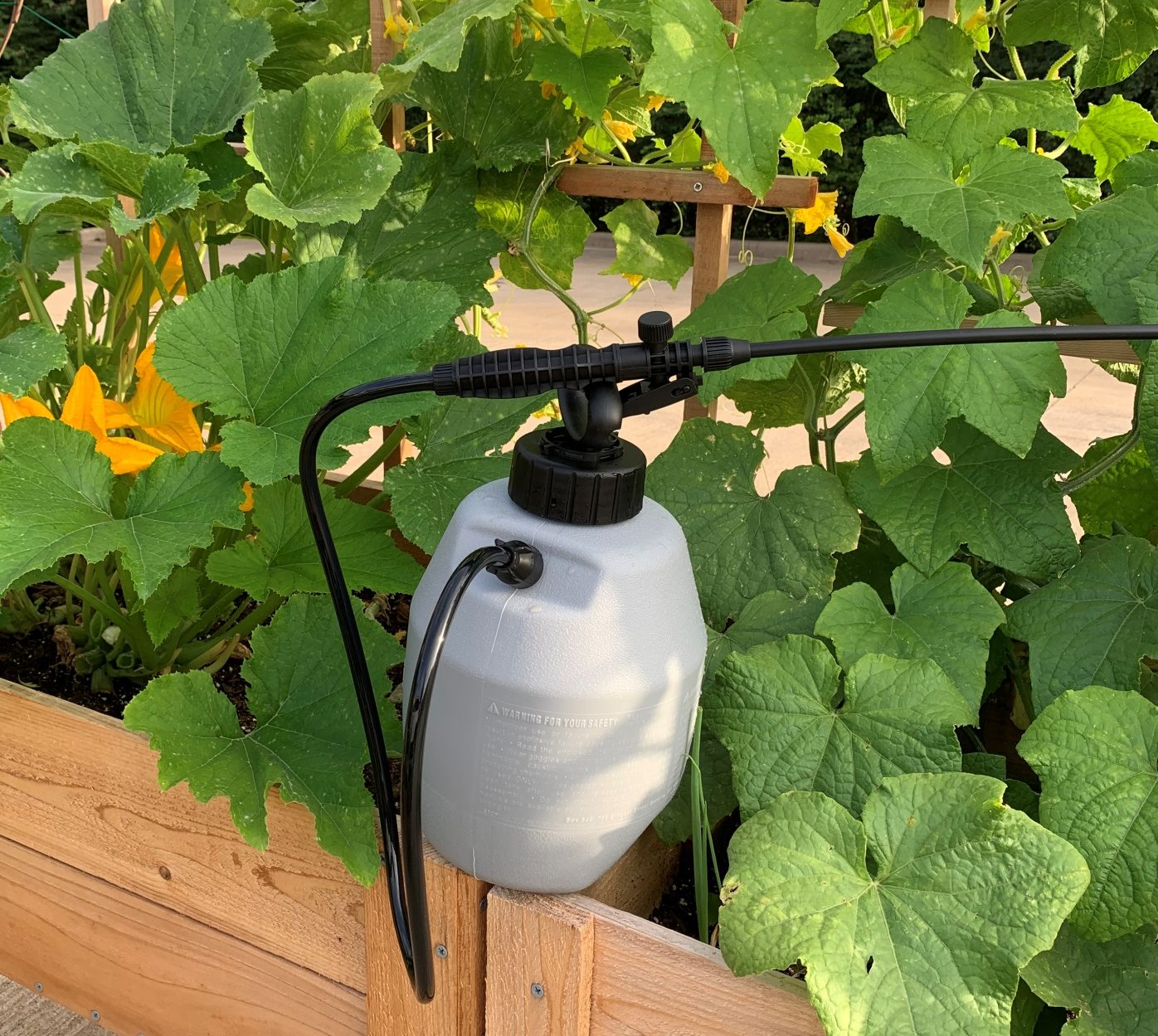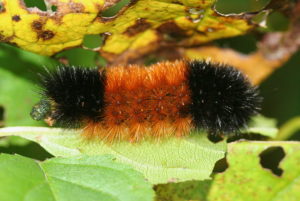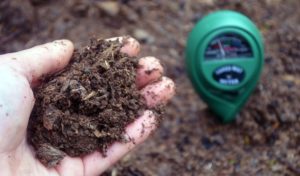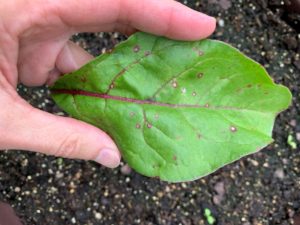Neem oil is derived from the neem tree, an evergreen shade tree that is indigenous to tropical India and South Asia. Although the oil can be extracted from all parts of the tree, the seed kernels contain the highest concentration. The usually yellow-brown oil has a pungent odor that some say is reminiscent of sulfur and garlic.
Neem oil has been used as an organic pesticide for hundreds of years. It is also used in cosmetics, wax, soap, toothpaste, shampoo, and other products.
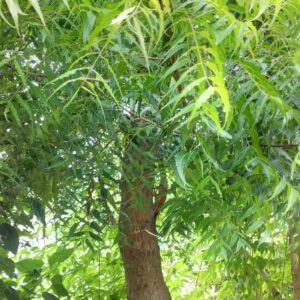
Is Neem Oil Safe to Use?
If applied properly, neem oil is not known to harm birds, earthworms, or mammals. What’s more, it does not harm beneficial organisms in the soil.
Because neem oil targets primarily chewing insects, it is generally considered to be safe around ladybugs, butterflies, bees, and other beneficial insects when used appropriately. It is a good idea, nevertheless, to apply neem oil in the garden in the early morning and late evening hours when pollinators are less likely to be active.
Studies have shown that neem oil, also known as margosa oil, does not cause cancer or other diseases. The FDA has classified neem oil as GRAS, or Generally Recognized As Safe[1]. It can be used throughout the growing season, even on the day of harvest. As with any substance, even safe ones, produce should be washed thoroughly before being consumed.
Pesticide and Miticide Use
Neem oil contains several beneficial, naturally occurring compounds. The one that is most effective for garden use is Azadirachtin. This active ingredient works as an insect repellent and antifeedant because insects do not like how it smells or tastes. If the insects do consume it, however, it will negatively impact the insects’ hormones, preventing larvae from maturing and thus reproducing. Neem oil can also suffocate insects and their eggs.
The insects that are most susceptible to neem oil are the chewing and sucking varieties because they are more likely to consume neem oil sprayed on plant foliage. For example, neem oil has been shown to be an effective treatment against aphids, whiteflies, grasshoppers, mealybugs, cucumber beetles, Japanese beetles, leafhoppers, fungus gnats, leaf miners, scale, thrips, nematodes, caterpillars, cabbage worms, spider mites, and a host of other pests.
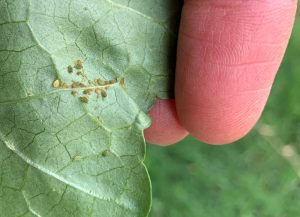
Fungicide
In addition to being an effective pesticide and miticide, neem oil can also be used to combat fungal diseases in the garden. More specifically, it works against black spot, black sooty mold, scab, Anthracnose, rust, leaf spot, tip blight, and powdery mildew, among others. In powdery mildew, it works by preventing the spores from germinating and then penetrating leaf tissue. While it does not cure existing powdery mildew on plants per se, it can be an effective preventative measure or used to curb the spread on plants already infected.
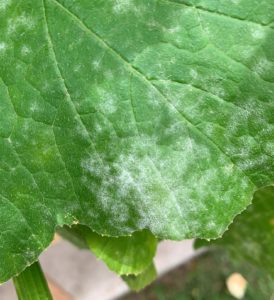
This article contains affiliate links. If you make a purchase using one of these links, I will receive a very small commission at no additional cost to you, and it will help me maintain this website. Rest assured, I only recommend products I actually like!
How to Make Your Own Spray
Although neem oil spray is available commercially from plant nurseries and big box stores, it is important to read the manufacturer’s label as it often will not contain the vital ingredient Azadirachtin. Instead, the ingredient label will say that it contains hydrophobic or hydrophobic extract of neem oil, which means the azadirachtin has been removed. Thankfully, you can purchase pure, cold pressed neem oil online and easily make your own spray that is cost-effective. This is the organic brand that I use with consistently good results.
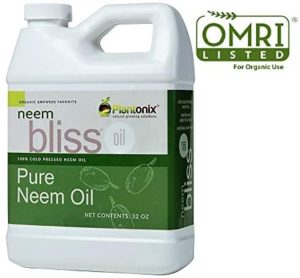
To make your own spray, add 1 to 2 teaspoons (5 to 10 ml) of organic neem oil with 1/2 to 1 teaspoon (2.5 to 5 ml) of a Castile soap like Dr. Bonner’s and 1 quart (.95 liters) of lukewarm water in a sprayer. (Double or triple the recipe as needed.) Shake well. Do a test spray on one leaf and wait 24-48 hours. If there is an adverse reaction, dilute the recipe and retest. Apply the spray to all surfaces of the plant, especially the underside of leaves. This recipe works well as a pesticide, miticide, and fungicide.
Apply in the early morning or late evening when pollinators and other beneficial insects are less like to be active. Do not apply in direct sunlight as this could burn the plant. Repeat once a week as needed to treat insects and plant diseases. Or use once a week as a preventative measure.
Mix up only the amount needed because, once mixed, neem oil does not have a long shelf life and will lose its potency.
Neem oil is a safe and effective natural product in the garden that offers amazing results as a pesticide, miticide, and fungicide!
Thank you for reading this article! If you found it helpful, please consider sharing it with others via email and social media!
